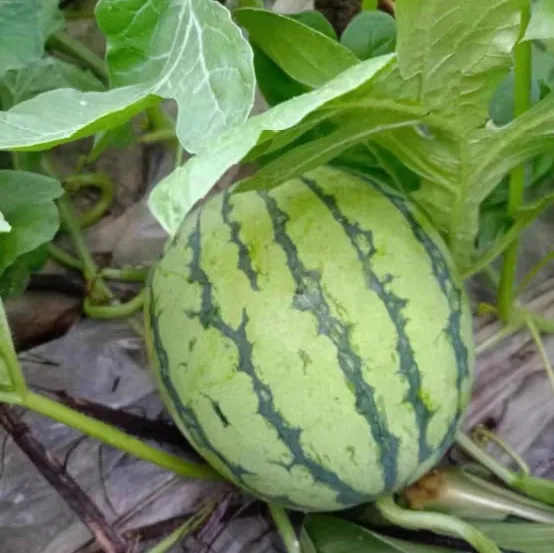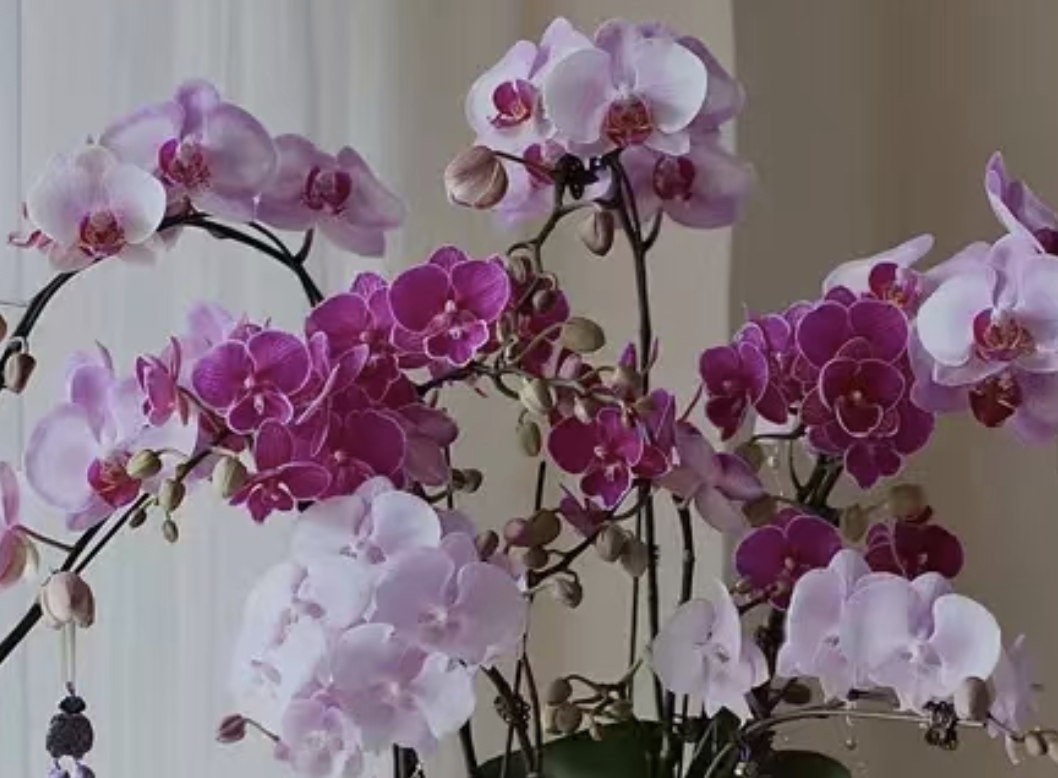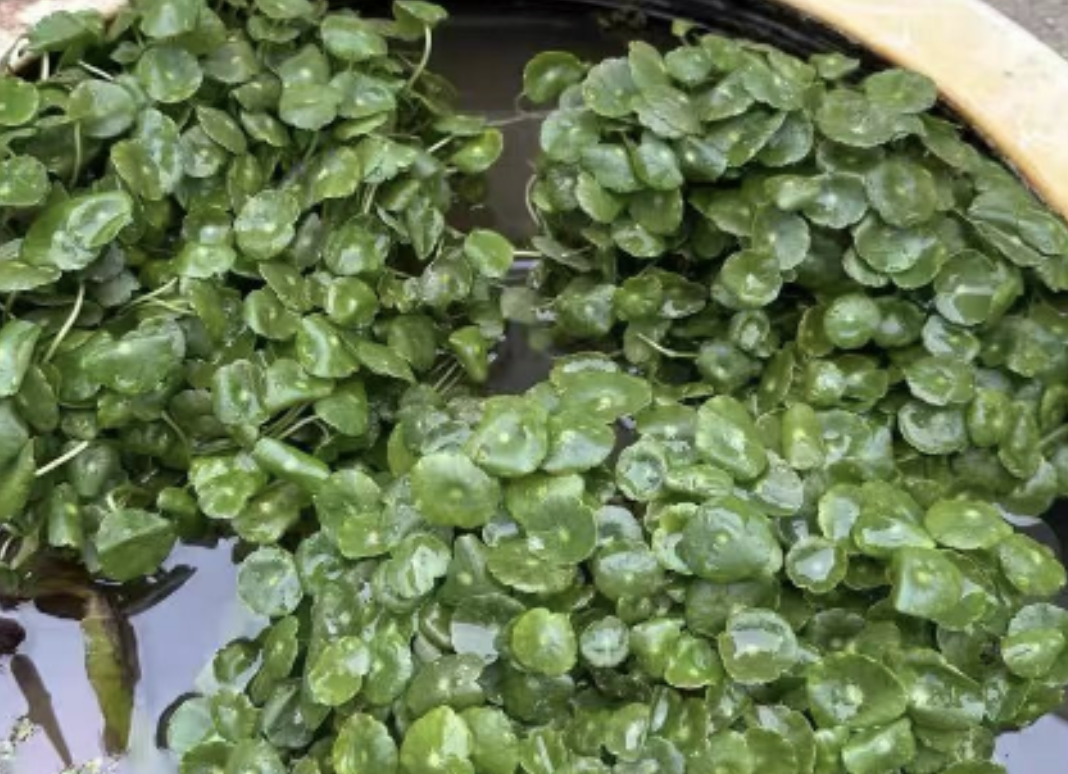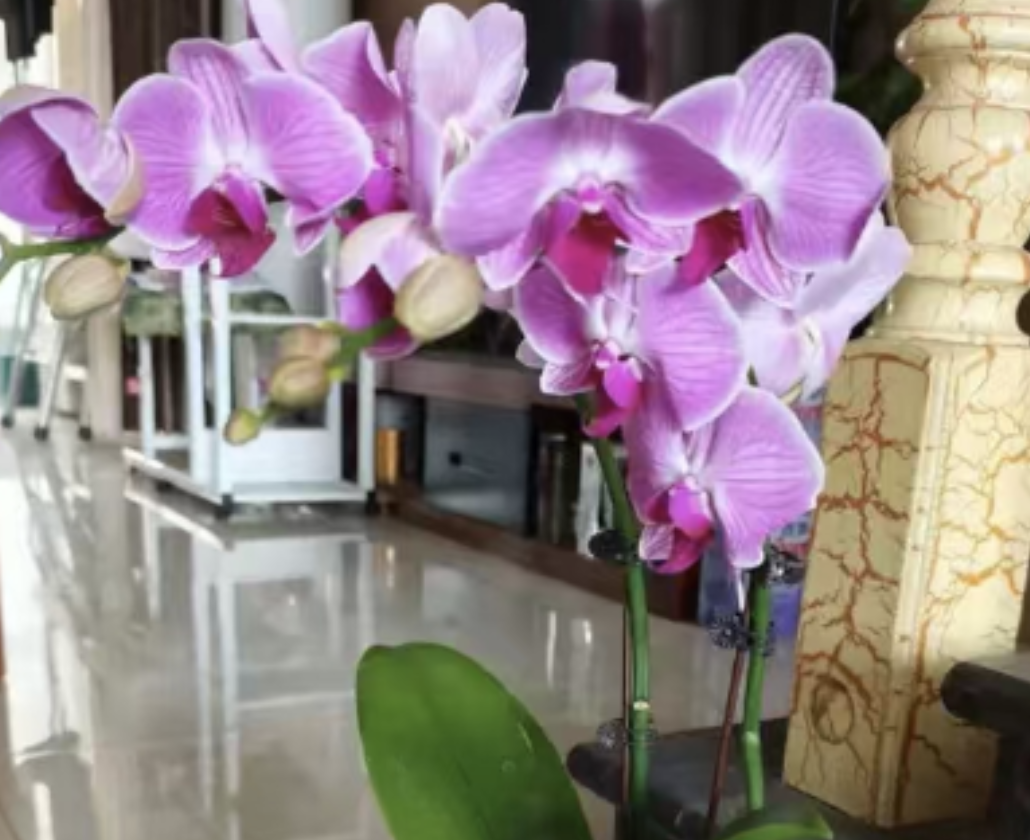When growing watermelons, have you ever been distressed to find that many black spots suddenly appear on the lush green leaves—some with yellow halos, some spreading rapidly? In fact, most black spots on watermelon leaves are caused by diseases. Today, I’ll guide you step by step to distinguish 3 common diseases and their treatment methods.
### Anthracnose
Anthracnose is one of the most common diseases in watermelon cultivation, especially prone to outbreaks in high-temperature and high-humidity weather! In the early stage, round or nearly round black spots appear on the leaves, with the center slightly concave. On close inspection, you can find light-colored dots, surrounded by an obvious yellow halo. A key feature is that the spots can be seen on both the front and back of the leaves. In the later stage, the spots expand and merge into patches, causing the leaves to turn yellow and fall off. In severe cases, stems, vines, and fruits can also be infected.
**Treatment Methods**:
- **Chemical control**: In the early stage of the disease, promptly spray a mixture of *prochloraz + difenoconazole·azoxystrobin + thiophanate-methyl*. The combination of these three agents can effectively inhibit the spread of pathogens. Spray once every 7 days for 2-3 consecutive times.
- **Biological control**: For those who prefer to avoid chemical agents, microbial fungicides are a good choice, such as *Jundiqing* containing *Bacillus amyloliquefaciens* and *Bacillus licheniformis*. It can be sprayed on leaves to kill bacteria and also used for root irrigation to improve soil ventilation, reducing pathogen growth from the source.
- **Emergency treatment**: Timely remove infected leaves (do not crush the spots with your hands!), take them out of the field, and destroy them to prevent the spread of pathogens through rain or wind.
### Black Spot Disease
Initially, pinhead-sized water-soaked spots appear on leaf edges or between veins, gradually expanding into dark brown or black round spots with clear edges and darker centers. In high humidity (e.g., after rain or in the early morning), the spots spread rapidly—one leaf can have more than a dozen spots. Eventually, the leaves turn yellow and wither, significantly affecting yield.
**Treatment Methods**:
- **Early spraying**: In the early stage of the disease, spray 50% procymidone wettable powder diluted 1500 times or 75% chlorothalonil wettable powder diluted 600 times. Focus on spraying the back of leaves and infected areas, once every 7-10 days for 3-4 consecutive times.
- **Advanced solution**: If the black spots spread quickly, switch to a compound agent of *difenoconazole + pyraclostrobin*. It has a broader bactericidal spectrum and can effectively control the disease.
- **Environmental coordination**: After spraying, maintain ventilation to reduce humidity on leaf surfaces, preventing pathogens from reproducing in a moist environment.
### Bacterial Leaf Spot Disease
Bacterial leaf spot is caused by bacteria, with symptoms different from fungal diseases! In the early stage, light green water-soaked dots appear on leaves, feeling slightly raised. When expanded, they turn into off-white or yellowish-white spots, with edges possibly tinged yellow. The most typical feature is that in high humidity (e.g., early morning), a milky white bacterial ooze—like pus—oozes from the spots on the leaf back, which dries into a white film. It is highly contagious.
**Treatment Methods**:
- **Targeted bacterial agents**: Prefer a mixed spray of *kasugamycin + copper oxychloride preparations*. Kasugamycin kills bacteria, while copper oxychloride enhances adhesion. Spray both sides of the leaves, especially the back.
- **Rotating agents**: Bacteria easily develop resistance. After using the same agent twice, switch to another (e.g., thiazole zinc, chlorobromoisocyanuric acid) to avoid pathogen "drug resistance".
- **Tool disinfection**: After removing infected leaves, wash hands with soapy water promptly and disinfect pruning tools with alcohol to prevent artificial spread of bacteria.
In short, don’t panic when you see black spots on watermelon leaves. First, observe the shape of the spots, check for bacterial ooze, and note the spread speed. Identify the specific disease, then use targeted agents, and manage the environment properly. This will help the watermelon vines gradually recover.
本回答由AI生成,仅供参考,请仔细甄别,如有需求请咨询专业人士。
What disease causes black spots on watermelon leaves?

Share with
Tagged in :




Leave a Reply